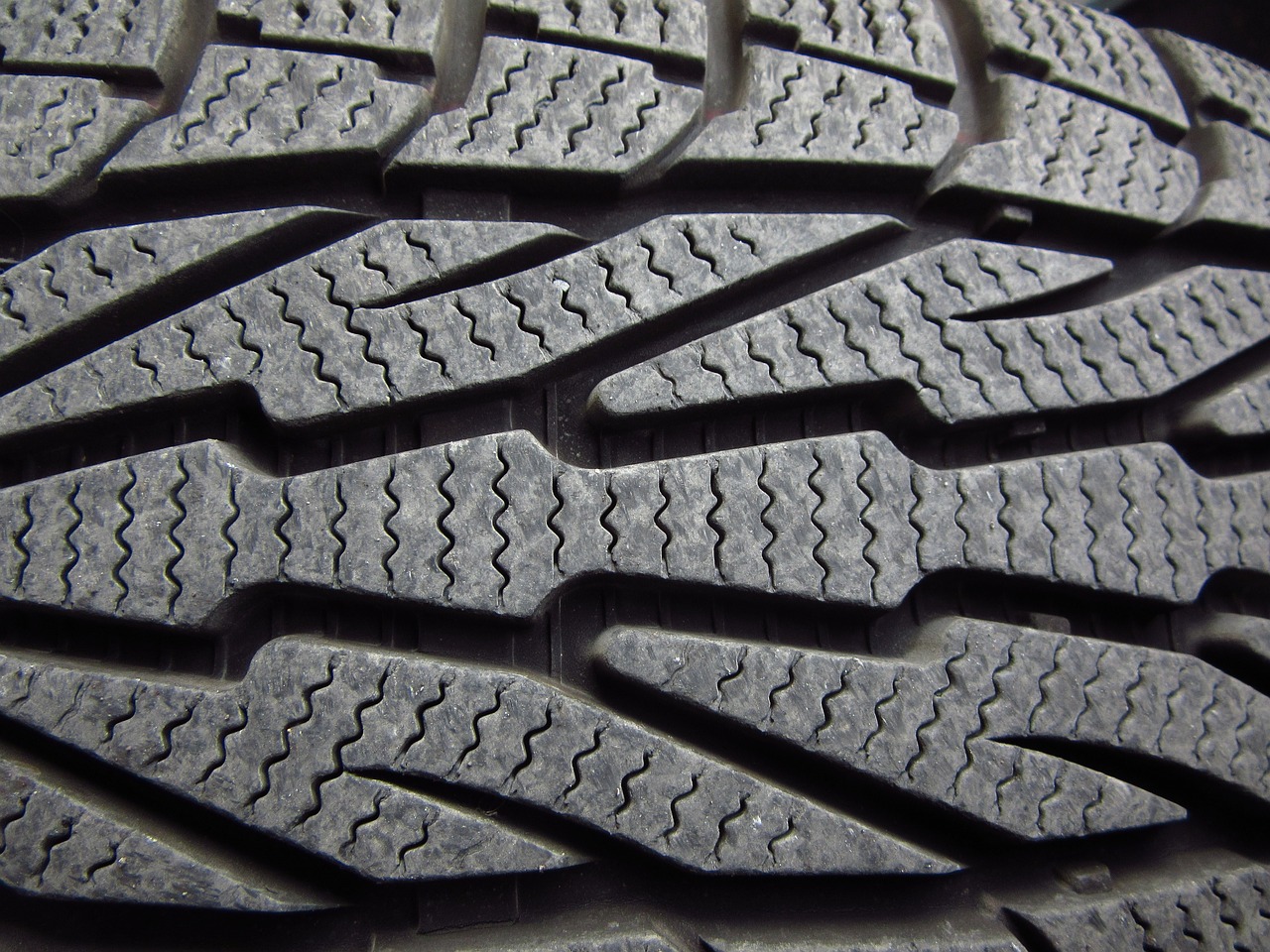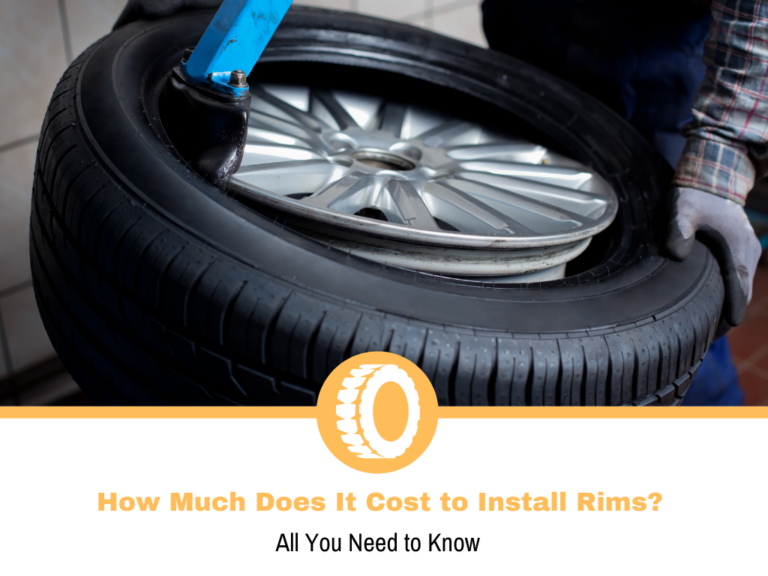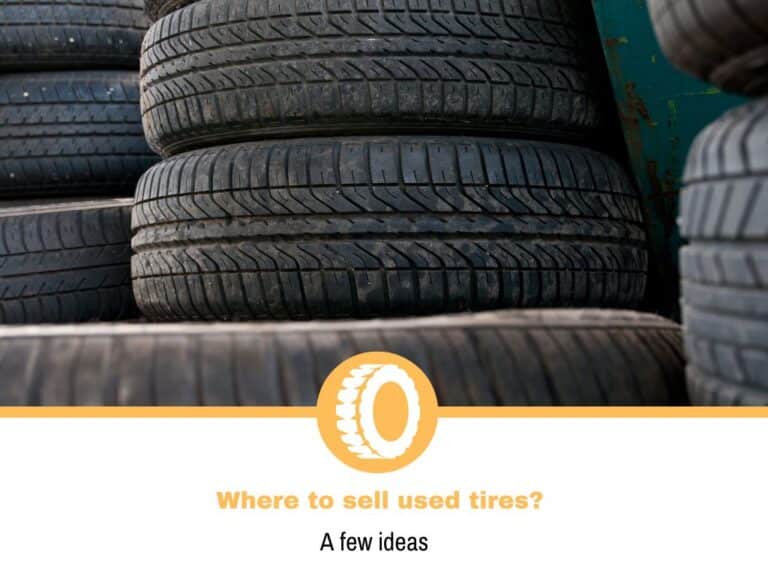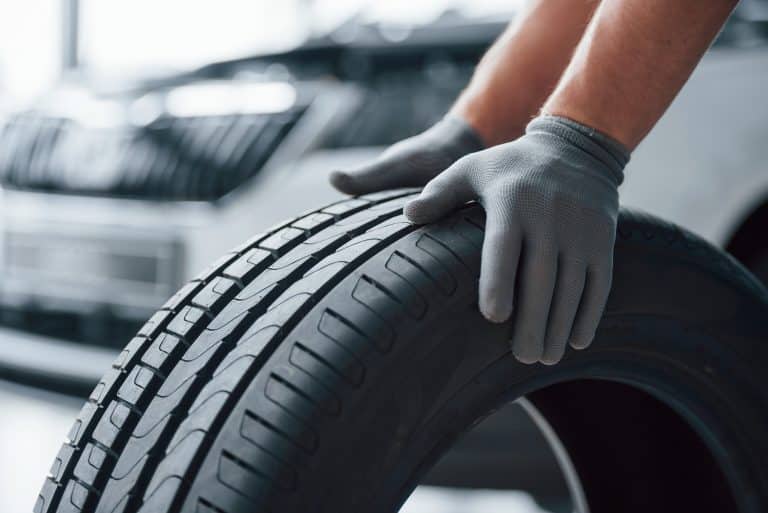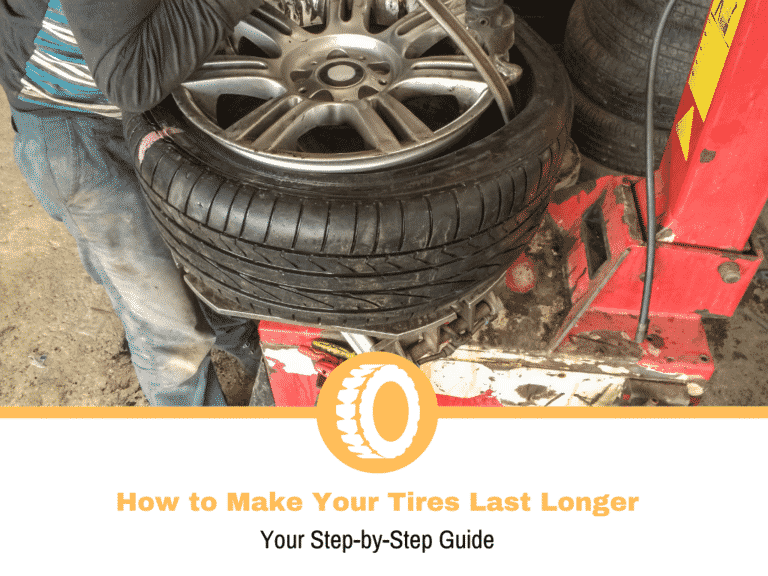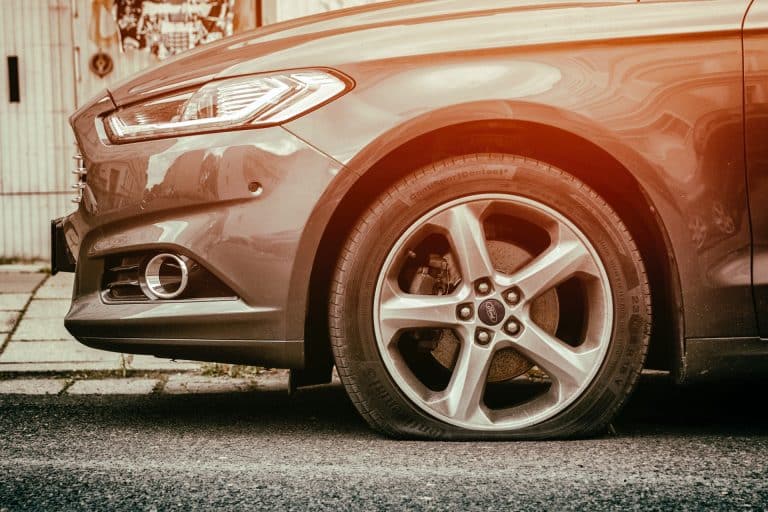Difference Between ZR And R Tires
Modern-day tires have many different symbols and letters written on the side of them which means that it is often confusing to remember what all of those writings even mean. Most tires have the corresponding tire dimension info written on the sidewall itself, and most people are aware of what those are. However, the ZR and R symbols are unfamiliar to many.
What Is The Difference Between ZR And R Tires?
The letter R written on the side of a tire means that the tire utilizes a radial construction while the letters Z and R together refer to the speed rating of the tire. Historically, the letters ZR were associated with a type of performance radial tire that was rated for speeds over 149mph, but modern-day cars can go a lot faster than that, and thus the industry has stopped using the ZR denomination and replaced it with an easier speed rating chart.
However, the letter R on a tire can also represent the speed rating of the tire which is 106mph or 170kmph respectively.
What Does A Tire Speed Rating Mean?
A tire speed rating is a sidewall written symbol associated with how fast you can drive the car with a specific set of tires on. As previously mentioned, older (pre-1990) tires were known to use multiple different letters to relate to a specific speed rating (such as ZR), but modern-day tires tend to only use a single letter.
These codes are nowadays universal across the tire industry which means that they always refer to the exact same piece of information. The speed rating exists to warn you that you should not exceed the speed rating limit if you don’t want to experience any tire-related damages such as overheating or even a complete blowout.
Most of us don’t even care about the specific tire speed rating because the majority of countries around the world limit the top speed to around 70-90 mph maximum, except for Germany of course.
What Are All The Tire Speed Ratings?

How To Know If I Am Looking At The Speed Rating R Symbol Or the Radial Construction R Symbol?
As mentioned, the letter R stands for both radial construction and the speed rating of 106mph. This can create somewhat of a confusion, especially when you realize that more than 90% of all passenger car tires are made out of radial construction and thus place the letter R on the tire.
This leads many to believe that the R symbol written on the side of their tires always refers to the speed rating, and not the radial construction. A common tire denomination sequence looks something like this: P195/60R15 87R or P225/60R16 82V.
In the first example, the first letter R in the sequence (60R16) refers to radial construction, and it’s the same story with the second example as well (60R15) which means that the radial construction R symbol sits in that part of the sequence.
However, in the first example, the second letter R in the sequence (or the last letter in the entire sequence) refers to the speed rating (87R). The second example (82V) represents the very same logic, but the only difference here is that the letter V corresponds to a 149 mph speed rating.
Do All Four Tires Need To Be The Same Speed Rating?
It depends on the situation, however, in order to be 100% safe, you should not mix and match tires with a different speed rating. For example, if you own a relatively slow car that you tend to use for boring daily commutes without ever reaching any significant speeds, then it’s okay to mix tires with a different speed rating, but only if they are worn out equally and if they are of the very same size.
If you use a car only for off-roading driving, ranch driving, or simply as a farm hauler, having different speed ratings across all four corners does not really matter all that much. However, if you use your car for highway cruising and you tend to spend a lot of time behind the wheel, you should not mix tires with different ratings if you don’t have to.
If you need to get somewhere and the only way you can do it is to drive a car equipped with different speed-rated tires, make sure not to exceed the speed rating of the lowest speed-rated tire. Finally, if you own a performance car you regularly drive on the track or the canyons, or you live in Germany and you constantly drive at high speeds, be sure not to mix different speed-rated tires.
Why Do Tires Have A Different Speed Rating?
Nowadays there are numerous different speed rating categories available as seen in the chart above. This is because higher-speed rated tires are also built differently. Performance tires focus on making the car accelerate and stop faster while also providing more traction in the right environment.
Most road-legal performance-oriented tires known as semi-slick tires (Pirelli P-Zero Trofeo R, Michelin Pilot Sport Cup R) are not able to last as long as a more regular tire. Furthermore, these tires are not as effective in the wet or if they are not up to temperature. Furthermore, semi-slicks are known to wear out sooner, especially if you don’t take proper care of them.
This only further illustrates that there are many different use scenarios out there and manufacturers try their best to make a perfect tire for each and every scenario imaginable.
Conclusion
ZR tires were historically known as “performance-rated tires” with a speed rating of more than 149 mph while the letter R on a tire represents both the fact that it is built with a radial construction in mind and the fact that it is speed rated for 106mph.
Depending on where these letters are situated, they mean the former or the latter. The ZR lettering does not exist anymore because the modern-day tire industry uses completely different speed rating charts. After all, many modern cars are capable of reaching speeds well beyond 150mph.
Some companies, magazines, and outlets still use the ZR lettering method, but mostly for marketing purposes as most uninterested people are not even aware that a new speed rating chart even exists.
